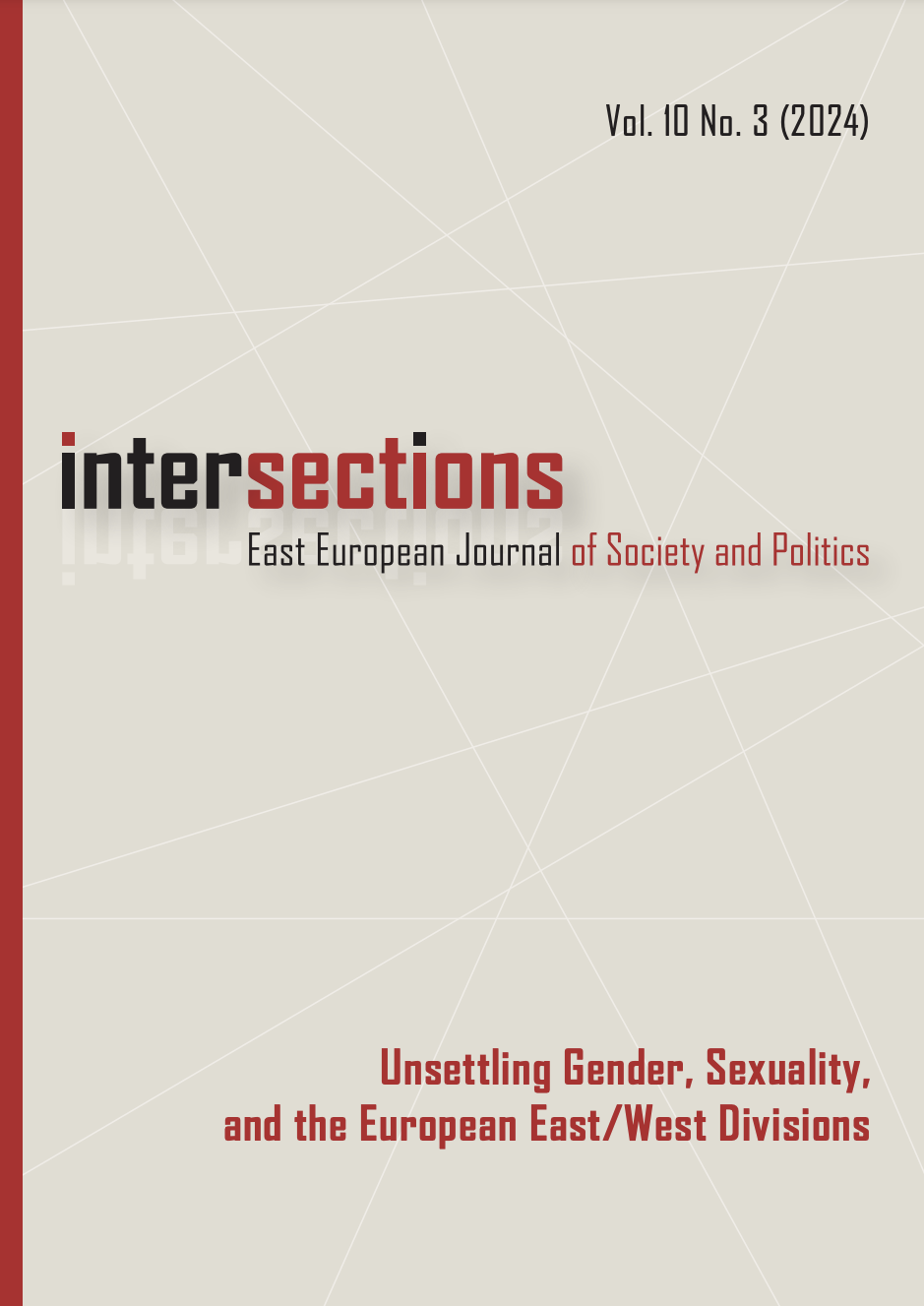From civic mobilization to armed struggle: Tracing the roots of the Nagorno-Karabakh conflict
DOI:
https://doi.org/10.17356/ieejsp.v10i3.1121Keywords:
Nagorno-Karabakh conflict, ethnopolitical conflict, intracable conflict, mass mobilization, horizontal inequality, civic movementAbstract
Prior to the outbreak of the first Nagorno-Karabakh war in 1991, the South Caucasus region had been seeing a gradually amplifying mass mobilization of ethnic Armenians, turning into a civil uprising known as the Karabakh movement. This paper examines the dynamics through which the civic movement evolved into a violent armed conflict, consequently nailing down the groundwork of what is now known to be one of the most intractable conflicts in the post-Soviet region. To trace the processes that translated cross-ethnic relations into mass mobilization, the study builds upon qualitative primary data, coupled with an extensive examination of secondary evidence. The study identifies motivating factors such as economic, political, and socio-cultural horizontal inequalities across ethnic lines as the core drivers of collective grievances. Repressive state measures as well as the Soviet glasnost and perestroika policies are observed as enabling factors further boosting the legitimization of the civic movement claims. This paper subscribes to a context-bound approach of studying intractable conflicts, and by addressing the theoretical gap between data on objective inequality and data on perceived inequality, marries local knowledge of rather marginalized conflicts with the wider academic discourse.

Downloads
Published
How to Cite
Issue
Section
License
Copyright Notice
Authors who publish with this journal agree to the following terms:
Authors retain copyright and grant the journal right of first publication, with the work three months after publication simultaneously licensed under a Creative Commons Attribution License that allows others to share the work with an acknowledgement of the work's authorship and initial publication in this journal.
Authors are able to enter into separate, additional contractual arrangements for the non-exclusive distribution of the journal's published version of the work (e.g., post it to an institutional repository or publish it in a book), with an acknowledgement of its initial publication in this journal. This acknowledgement is not automatic, it should be asked from the editors and can usually be obtained one year after its first publication in the journal.



